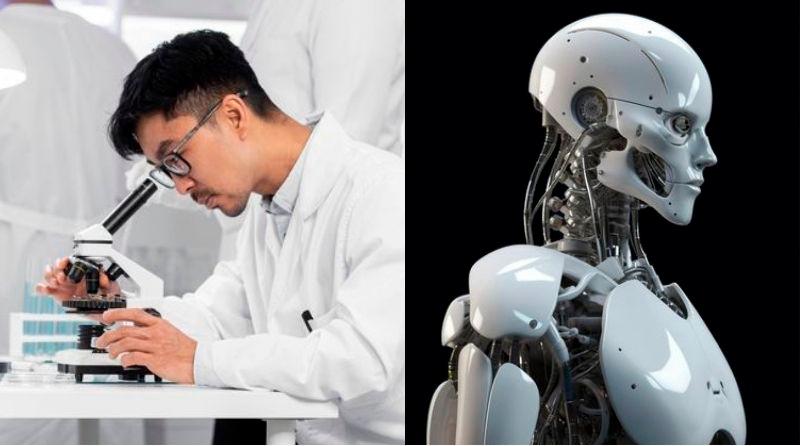SCIENTISTS in Japan have created artificial skin by imitating human skin tissue for a more realistic look on robot faces.
BBC reported that a team of scientists at Tokyo University said that the “soft” human-like skin will pave the way to make “convincingly realistic” humanoids with skin that has self-healing properties and will not wear down easily.
They added that its function extends to “complex, curved and even moving surfaces,” as quoted.
But every success cannot be achieved overnight as the team of scientists underwent trial and error when it came to attaching the artificial human skin to the robot.
They tried to attach small hooks as an anchor but as the robot moved, they noticed the skin sustaining damage.
ALSO READ: Orangutan’s ability to treat wound baffle scientists in the world’s first observed case
Later, they realised since human skin is tethered by “tethered to underlying structures by ligaments” they drilled small holes on the robot, applied gel with collagen on it and finally made another attempt in attaching the skin which then proved to be a success.
“By mimicking human skin-ligament structures and by using specially made V-shaped perforations in solid materials, we found a way to bind skin to complex structures.
“The natural flexibility of the skin and the strong method of adhesion mean the skin can move with the mechanical components of the robot, without tearing or peeling away,” lead researcher Professor Shoji Takeuchi was quoted as saying.
Takeuchi added that creating human-like expressions was an important challenge through the integration of muscles or sophisticated actuators in the robot.
The work will prove useful in researching cosmetic surgical procedures such as plastic surgery as well as skin ageing.
ALSO READ: China aims to build innovation system for humanoid robots by 2025









